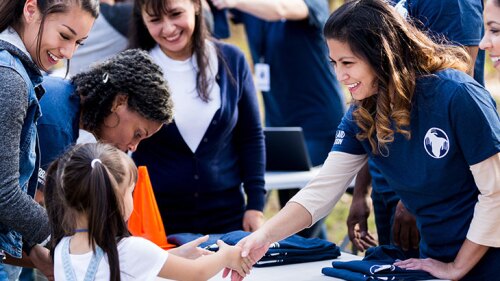The first step for any event planner is to ensure that the event they are planning is as safe as possible. Organize the safety of your event within two categories: location and activities.
Provide a safe location.
The most common cause of injury at special events is trip hazards. Power cables and extension cords are among the worst offenders. Make sure your guests enjoy a safe event by eliminating or reducing trip hazards.
- Cover or tape all cords, cables, etc. Then mark their positions so your guests can see and avoid them.
- Keep walkways clear of cords and debris.
Before you hold your event, familiarize yourself with the venue.
- Get to know the area, who and what else is around it, the address, nearest cross streets, etc.
- Understand all emergency procedures.
- Ask about events that are going on before and after your event.
- Learn the activities and details of any events planned at the same time as your event.
During your event, make sure safety remains a top priority.
- Maintain sufficient lighting throughout the event — poor lighting greatly increases the likelihood of accidents.
- Section off areas where you don’t want people to walk or gather.
- Monitor your event for any unsafe or suspicious activities. Large groups of people can be targets for criminals.
Organize safe activities.
More often than not, if a spectator is injured, it’s because he or she was too cloase to the action. From hot water splashing on someone watching a cooking demonstration to a bike crashing into the crowd at a race, accidents are preventable.
- Maintain safe distances at all viewing areas.
- Install adequate barriers to keep spectators safetly separated from activities.
- If the event includes hired vendors or exhibitors, make certain to understand all aspects of their activities and safety procedures.
- Understand the limitations of your spectators, and do not allow them to participate in anything too advanced.
- Post your activities and their rules to be sure participants understand the risks involved ahead of time. Have participants sign waivers to reinforce this.






